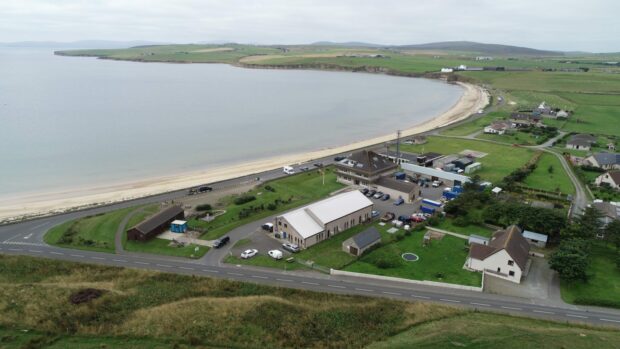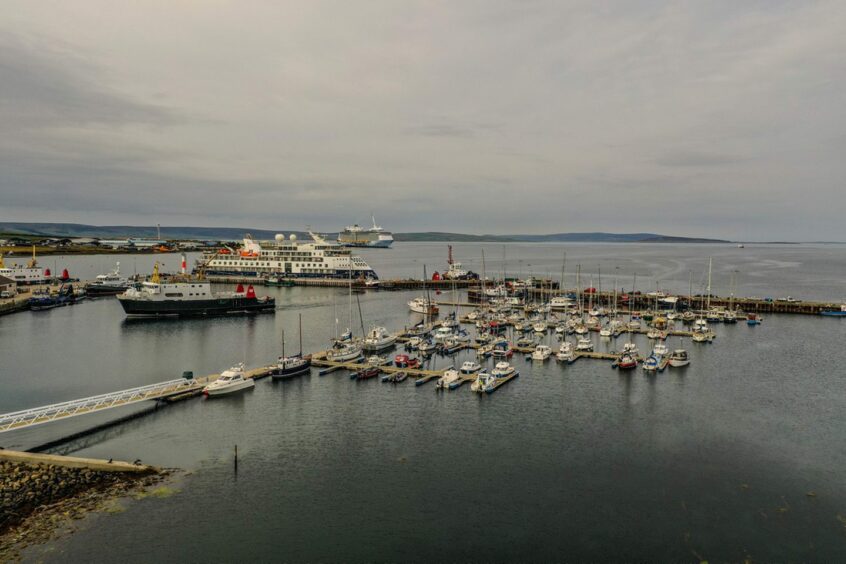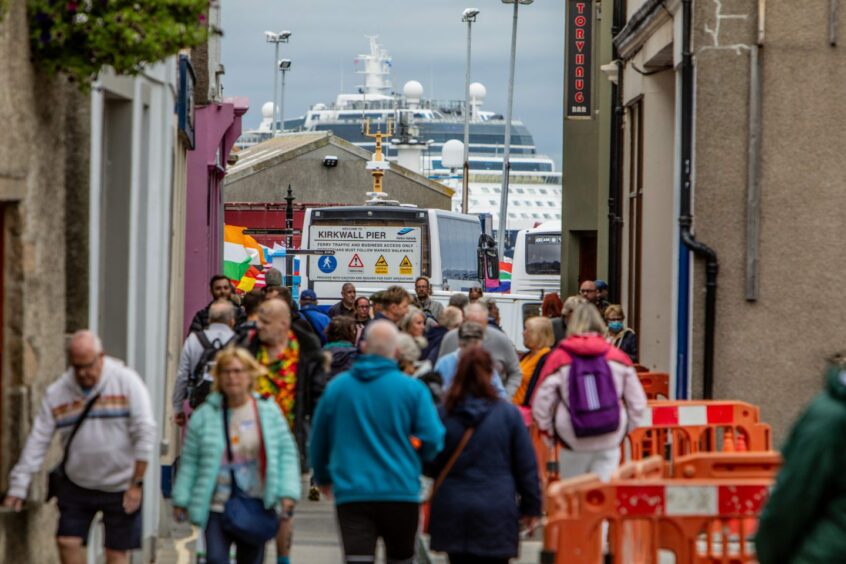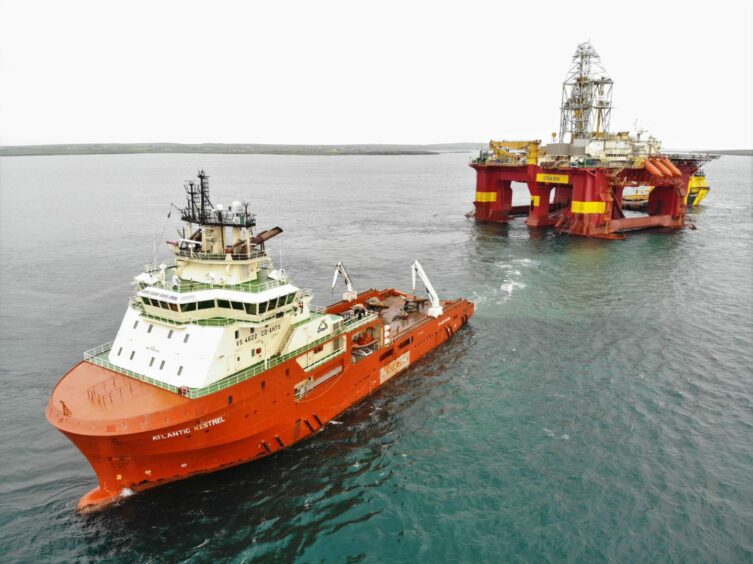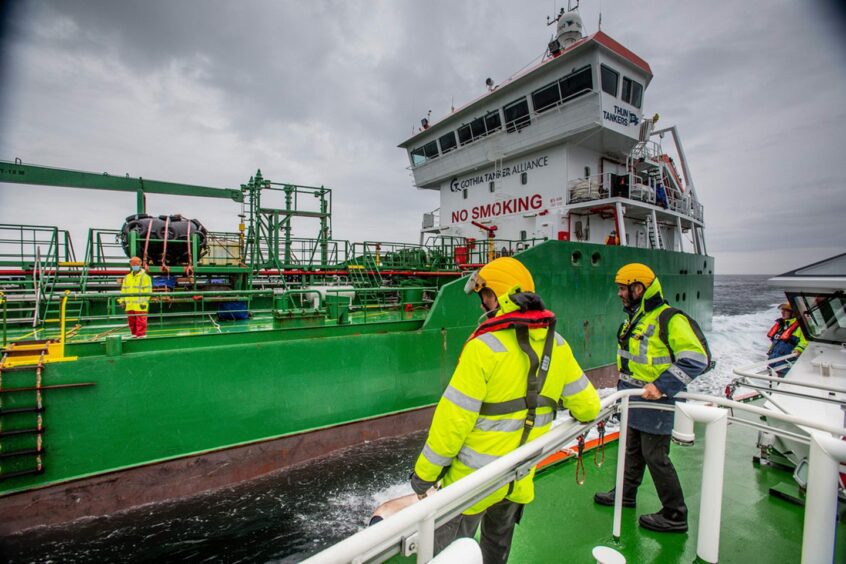The Orkney Islands are known for their natural beauty and history. They’re popular tourist destinations, with tens of thousands coming to visit each year.
But thanks to an ambitious £230 million blueprint to develop the islands for its long-term future, the Orkney Harbours Masterplan, it could be the place where you’ll land your next job.
-
Some Press and Journal online content is funded by outside parties. The revenue from this helps to sustain our independent news gathering. You will always know if you are reading paid-for material as it will be clearly labelled as “Partnership” on the site and on social media channels.
This can take two different forms.
“Presented by”
This means the content has been paid for and produced by the named advertiser.
“In partnership with”
This means the content has been paid for and approved by the named advertiser but written and edited by our own commercial content team.
Orkney Harbours Masterplan’s first phase on track
The pre-construction stage of phase one of the Orkney Harbours Masterplan is on track, with construction on Scapa Flow – the largest natural deep-water harbour in the northern hemisphere – due to start in 2024. Under the project, a new deep-water pier and quayside facility in the area is expected to be completed by 2027.
That same year, Hatston Pier is also scheduled to be finished.
By 2040, three other developments in Kirkwall, Scapa Pier, and Stromness should be completed.
Orkney Harbours Masterplan to generate hundreds of jobs
Hundreds of jobs will be created once the infrastructure is built on the five key sites on the mainland, according to Paul Olvhoj, business development manager at Orkney Harbours.
Paul says: “The great thing about our Masterplan is that, depending on the sector, there will be a wide range of job opportunities available – from roles that require skills in the offshore wind technology field, to jobs that our young people can enter straight into from school.”
6 industries that will benefit from the Orkney Harbours Masterplan:
Several industries that stand to benefit from the Orkney Harbours Masterplan will generate jobs on the islands. Among those industries are tourism and cruise, oil and gas, offshore wind, wave and tidal, aqua culture and fish farming and construction.
1. Offshore wind
Paul says: “With growing momentum behind the offshore wind sector in Scotland, we’ve been able to flex our Masterplan and position Orkney as a port of choice for offshore wind developers.”
The plan involves building infrastructure to support schemes like the ScotWind round of offshore wind development. Because of the location of Orkney Harbours, local officials hope the islands will eventually become the centre of this specific kind of renewable energy.
2. Wave and tidal
Orkney has a history of wave and tidal innovation and projects. New facilities outlined in the Masterplan will be able to better support the growth of wave and tidal renewables as Orkney embraces decarbonisation and builds a sustainable future.
3. Oil and gas industry
The Masterplan will also provide facilities for the oil and gas industry. It will improve on the existing Flotta Oil Terminal and the ship-to-ship services in Scapa Flow, which involves transferring oil and gas – a main source of income on the islands.
4. Aquaculture and fish farming
Orkney Harbours plans to create space and facilities for the aquaculture sector. In particular, new supply areas will be built for fish farmers, which will provide better operational facilities for them.
5. Tourism and cruise
The Orkney Islands are already a magnet for tourists. But with improved facilities, particularly for the cruise sector, it’s expected to become even more popular.
The islands are currently the UK’s cruise capital for transit calls, with 175 calls this year alone, in the season between April and September. That means ships arrive virtually every day. It’s a lucrative industry not just for Orkney Harbours but also for the many businesses based in Orkney, where hundreds of thousands of tourists spend their pocket money every year.
6. Construction
During the building phase of the Orkney Harbours Masterplan, a substantial number of jobs will be available for those in the construction industry. This will be great for Orkney’s local tradesmen and supply chain, as well as those with specialist skills outside of Orkney too.
If you want to find out more about how the Orkney Harbours Masterplan will transform the Orkney Islands, check out orkneyharboursmasterplan.com.
